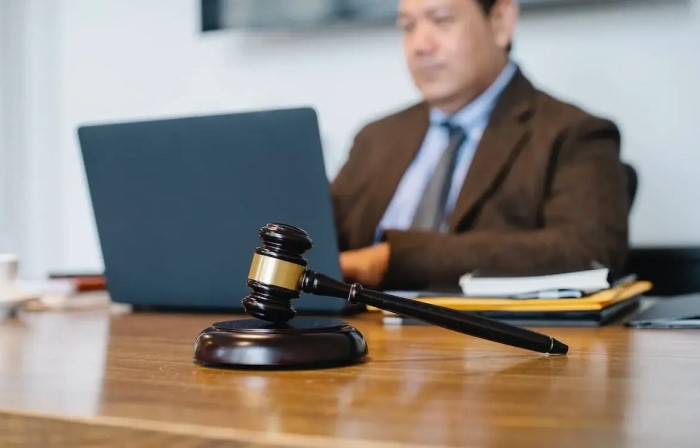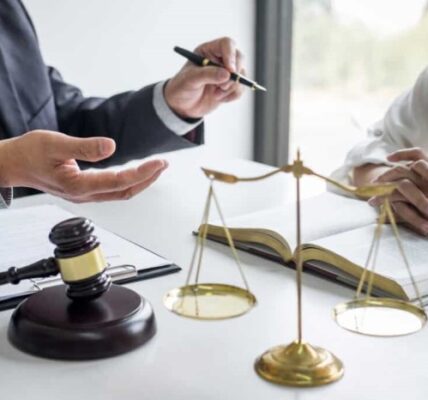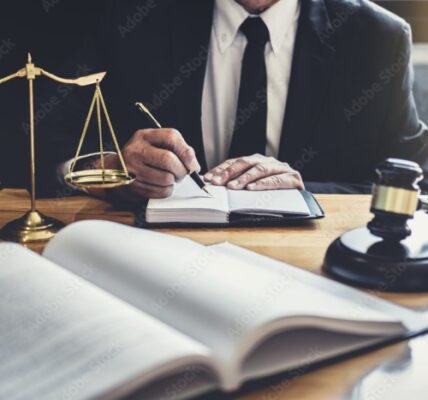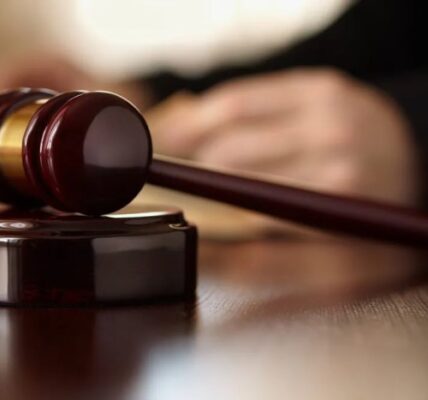Navigating the Legal Maze: Understanding Selective Enforcement Lawsuits in the United States
In the intricate world of law, selective enforcement stands out as a contentious issue that often embroils individuals, organizations, and government entities. Selective enforcement occurs when laws or regulations are applied in a discriminatory manner, singling out certain individuals or groups while overlooking others who engage in similar or identical conduct. This arbitrary and unfair treatment can lead to feelings of injustice, resentment, and legal challenges.
The Foundation of Selective Enforcement Lawsuits
In the United States, the Equal Protection Clause of the Fourteenth Amendment serves as a cornerstone safeguard against selective enforcement. This constitutional provision guarantees that all individuals receive equal protection under the law, prohibiting the government from treating similarly situated individuals differently. When selective enforcement occurs, it violates this fundamental principle of fairness and equality.
Common Examples of Selective Enforcement
Selective enforcement can manifest in various forms, often arising in areas such as:
- Traffic enforcement: Police officers may selectively target certain individuals or groups for traffic stops, while overlooking infractions committed by others.
- Zoning regulations: Local governments may enforce zoning ordinances inconsistently, allowing some violations while penalizing others for similar noncompliance.
- Criminal prosecution: Prosecutors may exercise discretion in deciding which cases to pursue, potentially leading to selective enforcement based on factors such as race, ethnicity, or socioeconomic status.
Legal Challenges to Selective Enforcement
Individuals who believe they have been victims of selective enforcement may pursue legal action to seek redress. These lawsuits typically allege that the selective enforcement constitutes a violation of the Equal Protection Clause or other relevant legal protections.
To prevail in a selective enforcement lawsuit, the plaintiff must demonstrate that:
- They were treated differently from others who were similarly situated.
- The government’s actions were arbitrary and capricious.
- The differential treatment was based on impermissible factors, such as race, ethnicity, or religion.
Challenges in Proving Selective Enforcement
Establishing selective enforcement can be a complex legal endeavor. Often, the plaintiff must gather evidence to show that they were treated differently from others, even though similar violations were committed. Additionally, they must demonstrate that the government’s actions were not based on legitimate reasons but rather on impermissible factors.
Significance of Selective Enforcement Lawsuits
Selective enforcement lawsuits play a crucial role in upholding the principles of fairness, equality, and justice. By challenging discriminatory practices, these legal actions help to ensure that the law is applied consistently and impartially, protecting the rights of all individuals.
FAQs
What are the remedies available in a selective enforcement lawsuit?
Potential remedies for selective enforcement may include:
Injunctive relief, preventing the government from continuing the discriminatory practice.
Monetary damages to compensate the plaintiff for any harm caused by the selective enforcement.
Declaratory judgment, establishing that the government’s actions were unlawful.
What evidence is typically used in selective enforcement lawsuits?
Evidence in selective enforcement lawsuits may include:
Statistical data comparing the treatment of different groups.
Testimony from witnesses who can attest to discriminatory practices.
Internal government documents that reveal inconsistent enforcement policies.
What are some common defenses raised by governments in selective enforcement lawsuits?
Governments may argue that their actions were based on legitimate reasons, such as resource constraints or public safety concerns. They may also claim that the plaintiff’s case is an isolated incident rather than a pattern of discriminatory enforcement.
What are some notable examples of selective enforcement lawsuits in the United States?
Hernandez v. Commissioner (1989): The Supreme Court held that the Internal Revenue Service’s selective enforcement of tax laws against religious organizations violated the First Amendment.
Engquist v. Oregon Department of Agriculture (2005): The Ninth Circuit Court of Appeals found that the Oregon Department of Agriculture’s selective enforcement of pesticide regulations against certain farmers violated the Equal Protection Clause.
Wal-Mart Stores, Inc. v. Dukes (2011): The Supreme Court dismissed a class-action lawsuit against Wal-Mart alleging gender discrimination in its employment practices, finding that the plaintiffs failed to establish a pattern of systemic discrimination.
What are some preventive measures that governments can take to avoid selective enforcement lawsuits?
Governments can minimize the risk of selective enforcement lawsuits by:
Implementing clear and consistent enforcement policies.
Providing training to law enforcement officials and other government employees on identifying and avoiding discriminatory practices.
Establishing mechanisms for internal review and accountability to ensure that enforcement actions are fair and impartial.
What role can the public play in addressing selective enforcement?
Individuals can play a vital role in combating selective enforcement by:
Reporting suspected discriminatory practices to relevant authorities.
Advocating for policies that promote equal protection under the law.
Participating in community forums and discussions to raise awareness about selective enforcement issues.




